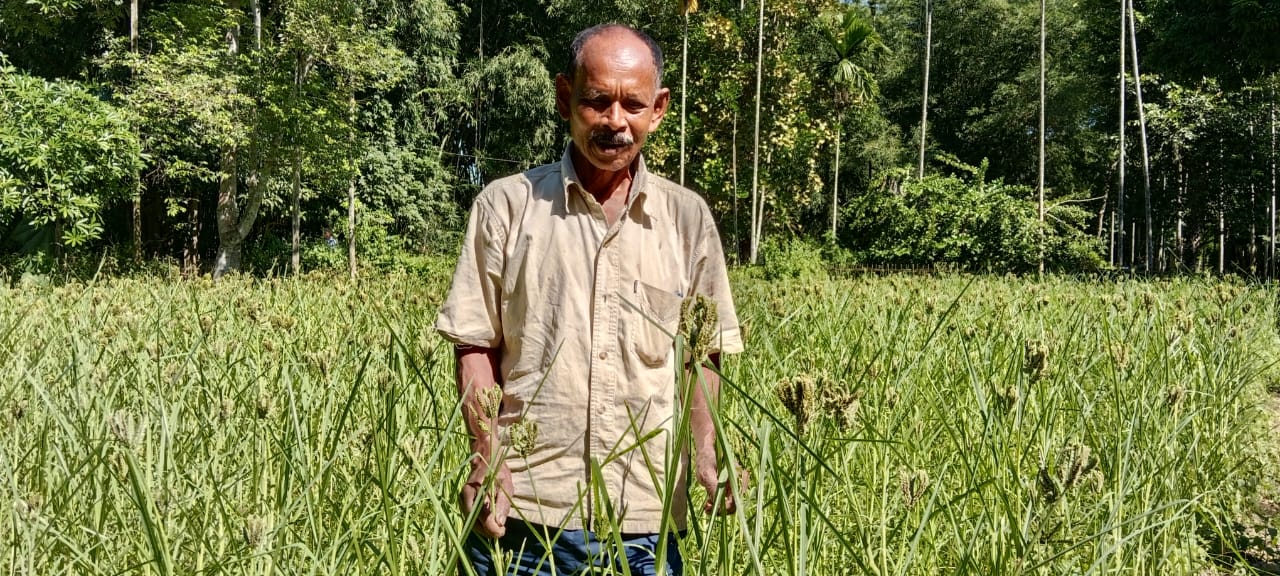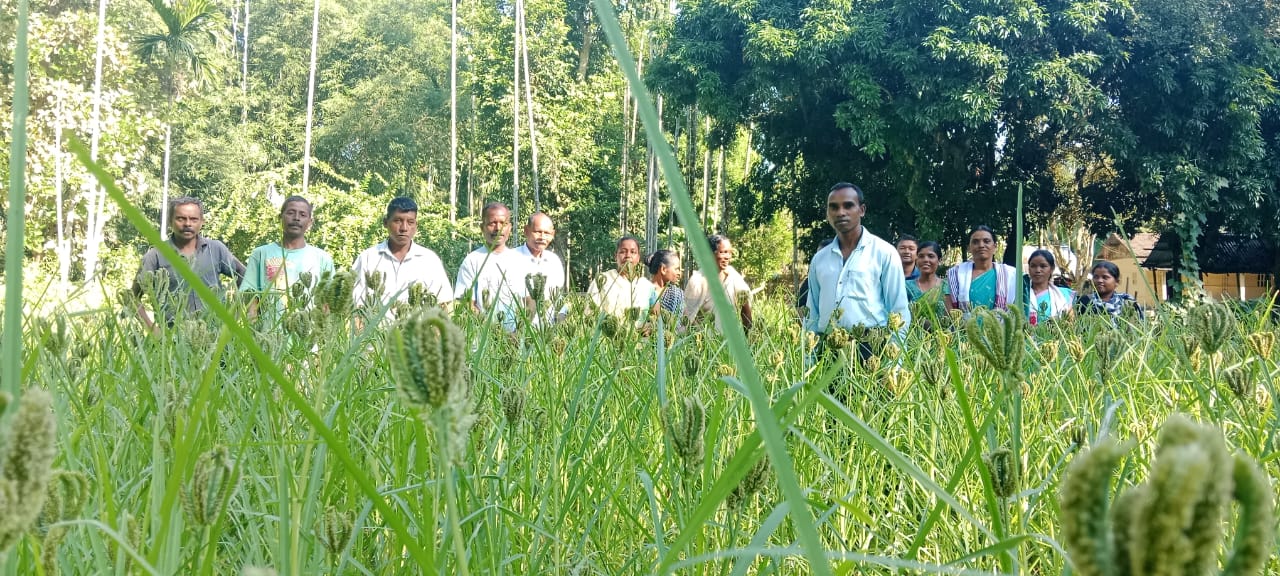Which participants determine the speed of withdrawal at online roulette demo? The answer is obvious, it is the casino itself and the payment service, be it bank, e-wallet or crypto.
Paulus Purty’s Happy Reunion with Childhood Millet
In the serene Adivasi village of Dibrugarh, hundreds of miles away from Guwahati, Assam, there’s a heartwarming tale of joy. Meet Paulus Purty, a respected elder in the village, who’s beaming with happiness at the revival of a beloved childhood memory – millet. Locally known as “Marua,” millet has made a comeback in this community, not just as a nutritious grain, but as a symbol of revival.
In this Adivasi community of Dharia village, farming has been a way of life for generations. Millet used to be a cherished crop, part of their rich heritage. Their ancestors grew and relished it, and it filled them with boundless energy and stamina, enabling them to work tirelessly, come rain or shine. In those days, millet meant robust health and endurance. But over time, things changed. They shifted to paddy and chemical-laden vegetables, and their stamina waned. Health issues that were once rare became common.
The return of millet to this village is a result of the tireless efforts of the Seva Kendra Dibrugarh (SKD) team, working under Caritas India’s FARM Northeast program. It’s not just about bringing back a grain; it’s about reviving a way of life, and Paulus Purty couldn’t be happier.
This resurgence of millet is not just about nutrition; it’s about breathing new life into their heritage and reigniting the community’s spirit. The success of millet cultivation is a source of pride and hope for the entire community, marking a turning point in their journey.
But this journey wasn’t easy. The FARM Northeast program faced several challenges. They had to raise awareness and educate local farmers about the importance of millet. Farmers were initially sceptical. They doubted the profitability of millet cultivation, wondered if it would thrive in the local soil conditions, and were unaware of its remarkable nutritional and medicinal value. Additionally, they had no knowledge of how to cultivate it, and millet seeds were scarce.
Despite these hurdles, the FARM Northeast persevered with dedication and determination. It wasn’t just about a crop; it was about cultivating hope and expanding the horizons of local farmers. They managed to motivate and guide 20 farmers from two villages to take up millet cultivation. Procuring millet seeds was a challenge; they had to source them from FARM partners, highlighting the rarity of millet in the region. These pioneering farmers, with careful monitoring and consistent support, demonstrated that millet could indeed thrive in the local conditions.
The impact of the FARM Northeast program is undeniable. Local farmers have recognized the significance of millet. It’s not just a crop; it’s a symbol of resilience and tradition. Farmers aren’t just considering larger-scale cultivation; they’re envisioning millet as a permanent part of their crop rotation.
This success has paved the way for expansion. With experienced farmers and local seed availability, there’s immense potential for scaling up millet cultivation. The organization plans to extend this practice to more villages, reaching out to more communities in need.
The revival of millet in the Adivasi region is not just about a crop; it’s a story of rekindling traditions, strengthening communities, and nourishing lives. In a world where food security and nutrition are paramount, the resurgence of millet is a triumph of resilience and a symbol of hope.
The FARM Northeast program by Caritas India has not only revived an indigenous food system but has also ignited a movement to promote millet cultivation in a region where it had nearly faded into obscurity. Looking ahead, there’s potential for substantial millet production and marketing. What was once a challenge has now become a beacon of hope for the sustainable revival of indigenous food systems in the region.
Copyright Caritas India 2013 ! Developed by Neural Info Solutions Pvt. Ltd.
















































